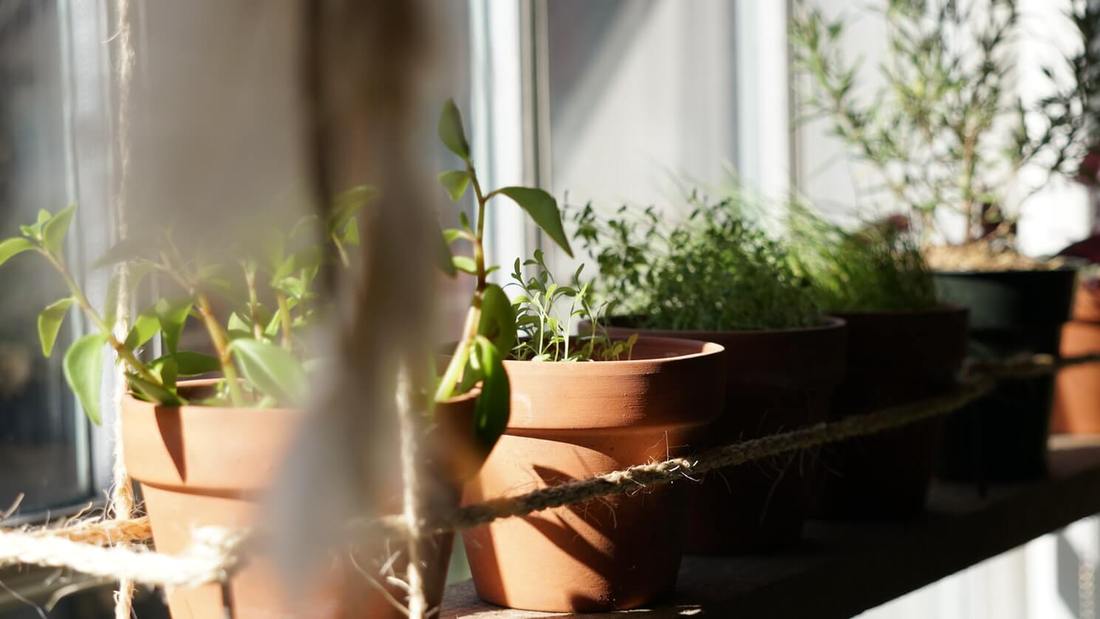
Here are some gardening tips and tricks that can help you enhance your gardening experience:
1. Know your soil
Understanding the composition and pH level of your soil is essential for successful gardening. Test your soil and amend it accordingly to create an optimal growing environment for your plants.
2. Plan your garden layout
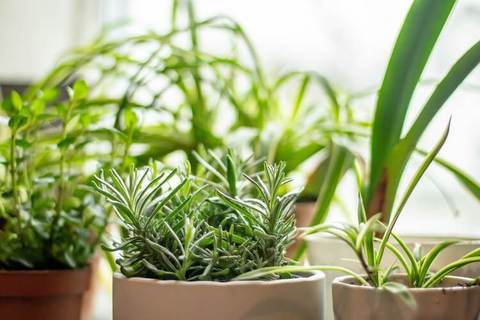
Before planting, consider factors such as sunlight exposure, wind patterns, and the growth habits of different plants. Plan the layout accordingly, placing taller plants where they won’t shade smaller ones, and ensuring easy access for maintenance.
3. Choose the right plants
Select plants that are well-suited to your climate, soil type, and available sunlight. Consider factors such as water requirements, growth habits, and pest resistance when choosing plants for your garden.
4. Provide proper watering
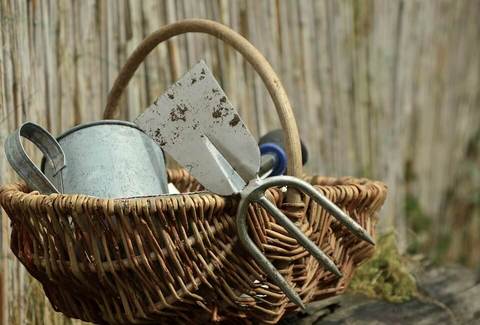
Water your plants deeply and less frequently to encourage deep root growth. Use mulch to retain soil moisture and reduce water evaporation. Avoid watering during the hottest parts of the day to minimize water loss due to evaporation.
5. Weed regularly
Weeds compete with your plants for nutrients and water, so make it a habit to remove them regularly. Use mulch to suppress weed growth and make the task easier.
6. Prune and deadhead
Regularly prune your plants to maintain their shape, remove dead or damaged branches, and promote healthy growth. Deadhead flowers to encourage further blooming and prevent seed production.
7. Use organic fertilizers

Organic fertilizers, such as compost or well-rotted manure, enrich the soil with essential nutrients in a slow-release manner. Avoid over-fertilizing, as it can harm plants and contribute to nutrient runoff.
8. Monitor pests and diseases
Keep an eye out for signs of pests or diseases in your garden. Early detection allows for timely intervention, such as using organic pest control methods or removing infected plants to prevent the spread of diseases.
9. Attract beneficial insects
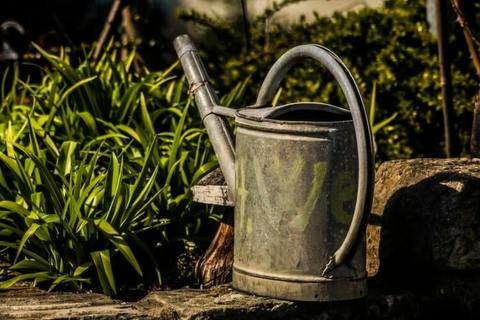
Encourage beneficial insects like ladybugs, lacewings, and bees to your garden by planting flowers that attract them. These insects help control pests and pollinate your plants.
10. Maintain garden hygiene
Clean up fallen leaves, debris, and dead plant material regularly. This reduces the risk of pests and diseases and keeps your garden tidy.
11. Learn from experience
Keep a gardening journal to record your observations, successes, and failures. This information can guide you in making better decisions in future gardening endeavors.
Remember, gardening is a continuous learning process, so don’t be afraid to experiment, adapt, and enjoy the journey of nurturing your garden!
12. Mulch may be your best bud
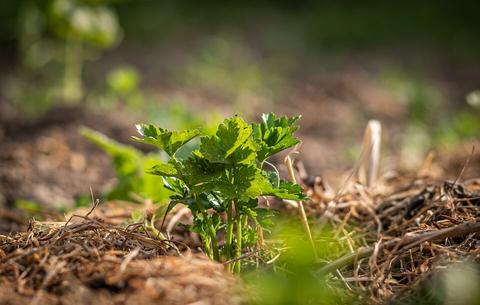
Depending on what plants you are growing, you may want to consider mulch for your plants. Why, you ask? Mulch helps to feed the soil with nutrients and give protection against erosion. Mulch is any material that is spread or laid over the surface of the soil as a covering. It is used to retain moisture in the soil, keep the soil cool, suppress weeds, and make the garden bed look more attractive. As organic mulches decompose, they also help in improving the soil’s fertility.
13. Vegetable gardening for beginners
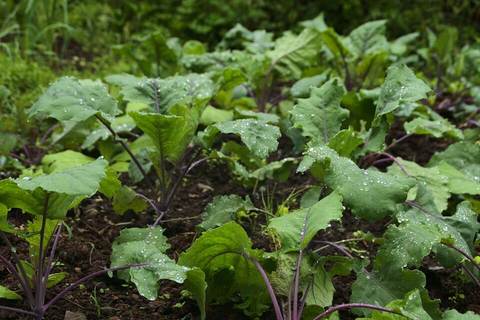
There’s absolutely nothing quite like fresh veggies coming right from your garden. The juicy, fresh, flavorful veggies which you can pluck and put right on to your plate. Every region has a different planting time based mainly on its weather, and every vegetable has its temperature preferences, too. Start with easy-to-grow vegetables like tomatoes, radishes, capsicums, herbs, and salad leaves like lettuce, kale, rocket, chillies. Once you become a gardening expert, you can move towards growing vegetables like cabbage and broccoli that require more time and effort.
14. Container Gardening
Container gardening is a great way to start growing plants where there is little or no space.
Almost any flower, vegetable, herb, shrub can grow successfully in a container. Dwarf and compact plants are best for small containers. Select plants to suit the climate and the amount of sun or shade the container will receive. Basil, chives, thyme, and other herbs also are quite happy growing in pots, which can be set in a convenient spot right outside the kitchen door.
Whatever container you choose, drainage holes are essential. Without proper drainage, the soil might become waterlogged and your plants may die. The holes need not be large, but there must be enough space for the excess water to drain out. You will need to water your containers more often than bedding plants, though, because the soil dries out quicker in pots.
15. Grow in Window Boxes
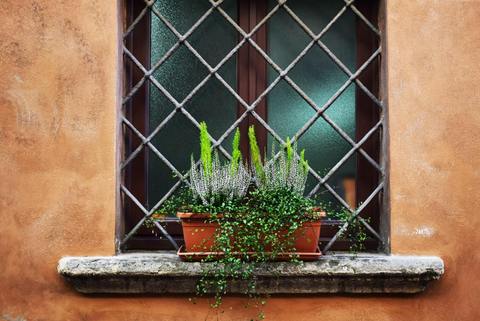
Don’t worry if you have a small garden – or no garden at all – you can still grow your greens. Window boxes can be planted with everything from fruit and veg to perennials and annuals. It brightens up the exterior of your home with blooms and greenery. And, of course, they’re not just limited to small spaces – large gardens will benefit from the added colour and change in the level they bring.
16. Companion Planting
Like humans, plants also have preferences who to hang around with. Companion plantain is growing different crops in the same area for a variety of reasons including maximizing the use of space, warding off pests, and providing nutrients. Some species thrive well when they are planted close together, while others can stunt each others’ growth.
For example, tomatoes produce better yields (and keep away mosquitos and flies) when they coexist with basil.
Other tomato allies include asparagus, carrots, celery, onions, lettuce, marigold, parsley, and spinach. As far as enemies go, keep tomatoes away from cabbage, beets, corn, fennel, dill, potatoes, and rosemary.
17. Pruning The Plants
Although the task of trimming beautiful plants can be hard for gardeners to swallow, regular pruning keeps most plants healthy and encourages new growth. But when and what to prune depends on the type of plant and the climate you stay in. For instance, flowering and fruiting plants prefer to be cut back in late winter or early spring to spur a healthy crop. Trees and shrubs that bloom in the spring start setting new buds as soon as the old flowers have fallen, so it’s crucial to prune before those new buds come in. And many other plants need continual trimming to remain healthy.
18. Keep up the good work
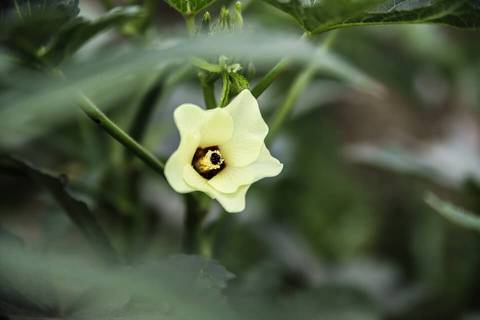
Proper maintenance of your plants is the greatest and the most rewarding thing you can give your garden. Make some time to deadhead, weed, prune, and tidy up your garden. If you notice stunted growth, check what’s going on with the roots of the plant by carefully examining and digging around the underlying soil. Get rid of the pests and diseases by taking the right measures. Water your plants regularly and feed them with nutrients every once in a while.
So, there we have it, starting a garden is not as scary as it seems. Even if you are a gardening expert, you will be able to enjoy a blooming garden year after year as long as you plan ahead, choose your plants carefully, and give your soil a nutritious boost. Grab high-quality, heirloom seeds from AllThatGrows todayand get your hands dirty!
